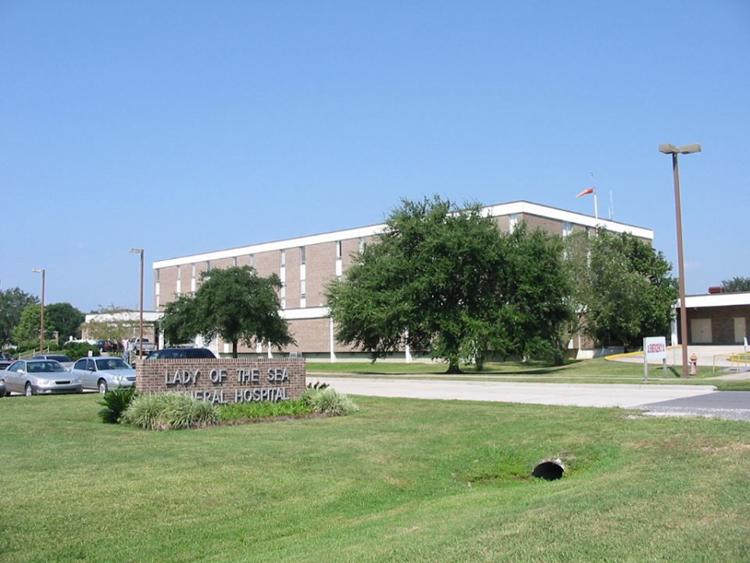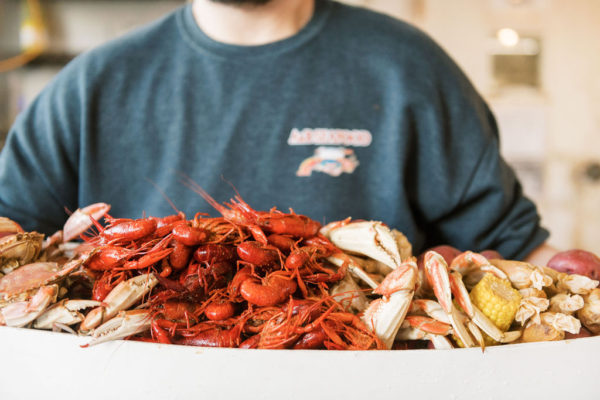
Born to Run
September 16, 2019
Fletcher partners with Lady of the Sea Hospital to aid Pharmacy Technician Program
September 16, 2019September is here! School and football are upon us, and we are eagerly anticipating cooler fall weather. While we usually think of spring as the time to get “growing” in the garden, there is plenty to do in the fall as well.
In the vegetable garden, remove spent summer tomato, pepper, eggplant and other plants that have tuckered out and plant seeds of broccoli, Brussels sprouts, cabbage, cauliflower, collard greens, cucumber, kale, lettuces, lima beans, Swiss chard, Southern peas, shallots, squashes and turnips. If your spring-planted eggplant, pepper plants and okra still look good, let them continue to grow. They often produce another fall crop. I get excited just thinking of my fall vegetable garden.
Transplant fall tomato plants into your garden the first week of September for south Louisiana. You should be checking often for insects and disease as they are more prevalent during fall. Treat if needed. Consult local extension specialists in your area for more information. Some suggested cultivars for fall production are Florida 91, Phoenix, Sun Leaper, Solar Set, Sunmaster and Talladega.
Start planning and selecting trees and shrubs for fall planting. But hold off until the weather cools to plant these. Planted now, they will be stressed in the heat and will require a great deal more watering and care to get them established. It’s best to wait until cooler temperatures arrive. Container plants can, however, be successfully planted with a great deal more TLC if you want to plant now.
I’m getting excited for the purple and gold chrysanthemums. They’ll be in the nurseries before you know it, just in time for some fall tailgating.
Tips for Gardening with Children:
It is wonderful to get kids interested in gardening. Give them a packet of seeds and a little spot of their own, show them what to do and watch the magic happen.
Spending time in the landscape with children, especially young ones, requires adults to pay careful attention, though. Just as you would childproof an indoor room, it’s important to take safety precautions in the yard to keep young ones safe. The following are some tips on outdoor safety with children.
• Never leave a toddler or young child outdoors unattended.
• As they get old enough to understand, teach your children never to eat any plant unless an adult is supervising. While eating fruits and vegetables you’ve grown yourself is part of the joy of gardening, many common ornamental plants can make you sick if you eat them some are very poisonous.
• Speaking of poisonous plants, make sure that poison ivy is not allowed to grow in your landscape. Watch for this vine with three-part leaves and immediately eliminate it if you find any. If needed, herbicides such as glyphosate and trichlopyr can be used to control it.
• Do not allow children to eat soil from the garden. Some soils may contain relatively high amounts of lead or other toxic substances and should not be consumed.
• Check for plants with spiny leaves or thorns – such as cactuses, roses, yucca, hollies or pyracantha. Point out any potential hazards to children and fence-off areas or plants that should be avoided. Remove dangerous plants, if necessary, especially if they are close to a play area. Do not plant spiny plants next to raised porches, decks or steps where children might fall into them.
• Be careful with sharp tools and discuss with your children which tools are safe for them to use and which are not. When you lay down tools between uses, place forks, rakes and other pointed tools with the tines down. If kids are around, keep your eye on the tools you lay down when you are not using them – or put them away promptly when they are no longer needed.
• If you want your kids to do some gardening, it’s a good idea to purchase tools specially made for children and properly sized for them to use. This gives them a chance to identify more closely with gardening, since they have their own tools. It’s safer, too.
• Be especially watchful of young children around ponds, pools, large puddles, buckets and large containers of any sort. Small children can drown in even small amounts of water. Fence off ponds or other aquatic features if necessary.
• Always wash hands after gardening and use antiseptics on cuts or scrapes.
(Article courtesy of Family First Magazine, September 2019)










